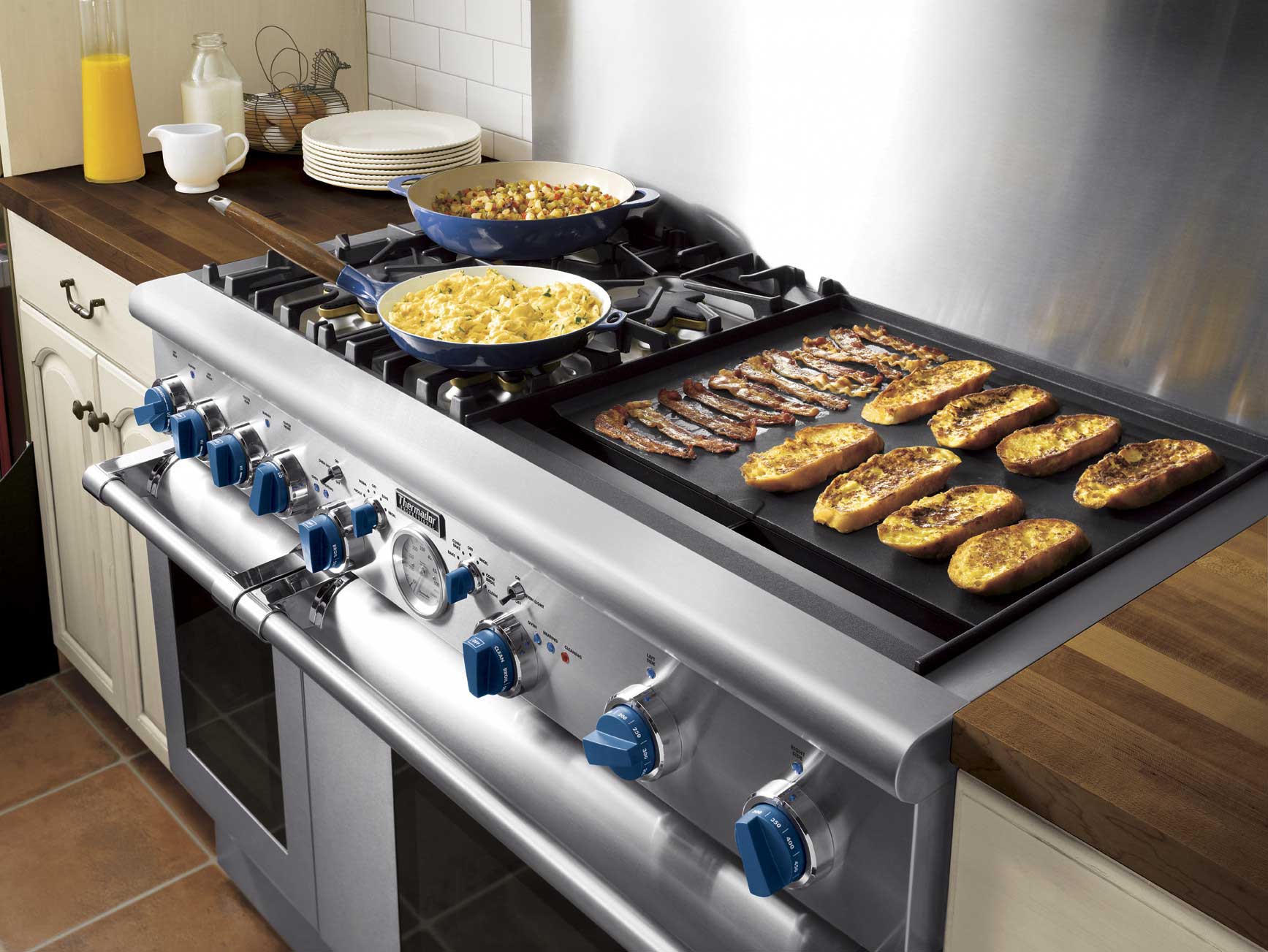

Articles
How To Use Stove Top Griddle
Modified: May 6, 2024
Learn how to effectively use a stove top griddle to cook delicious meals. Discover helpful articles and tips to make the most out of your cooking experience.
(Many of the links in this article redirect to a specific reviewed product. Your purchase of these products through affiliate links helps to generate commission for Storables.com, at no extra cost. Learn more)
Introduction
A stove top griddle is a versatile cooking tool that can revolutionize your culinary skills. Whether you’re a professional chef or a passionate home cook, using a stove top griddle can take your cooking to the next level. This flat cooking surface provides even heat distribution and a large cooking area, making it perfect for preparing a variety of delicious dishes.
In this article, we will explore the benefits of using a stove top griddle, different types of griddles available, how to prepare and season your griddle, as well as important cooking tips, cleaning and maintenance instructions, and tips for storing your griddle.
So, if you’re ready to unlock the full potential of your stovetop and elevate your cooking skills, let’s dive into the world of stove top griddles!
Key Takeaways:
- Elevate your cooking with a stove top griddle, offering versatility, even heat distribution, healthier cooking, easy cleanup, and time efficiency. Unlock the potential of this culinary tool for delicious meals.
- Choose the right stove top griddle for your cooking style, whether it’s cast iron, non-stick, electric, or grill pan. Proper preparation, seasoning, and maintenance will ensure optimal performance and longevity.
Read also: 9 Superior Cooktop Griddle For 2024
Benefits of Using a Stove Top Griddle
Using a stove top griddle offers numerous advantages that can greatly enhance your cooking experience. Here are some of the key benefits:
- Versatility: A stove top griddle allows you to cook a wide variety of foods, including pancakes, eggs, burgers, grilled sandwiches, vegetables, and more. The flat surface provides plenty of room to cook multiple items at once, making it ideal for preparing meals for large gatherings or families.
- Even Heat Distribution: Unlike traditional frying pans, stove top griddles offer consistent heat distribution across the entire cooking surface. This ensures that your food cooks evenly and prevents hot spots or burnt spots.
- Healthy Cooking: With a stove top griddle, you can significantly reduce the amount of oil or fat needed for cooking. The non-stick surface allows you to cook with minimal oil, resulting in healthier, low-fat meals.
- Easy Cleanup: Stove top griddles are typically made of non-stick materials, making them a breeze to clean. Unlike traditional pans with hard-to-reach corners, griddles have a flat and smooth surface that can be easily wiped clean with a sponge or cloth.
- Time Efficiency: The large cooking surface of a stove top griddle allows you to cook multiple items at the same time, saving you valuable time in the kitchen. This is especially useful during busy mornings or when preparing meals for a large group of people.
By utilizing a stove top griddle, you can expand your cooking repertoire, achieve even heat distribution, promote healthier cooking methods, simplify cleanup, and save time in the kitchen. With all these benefits, it’s no wonder that stove top griddles are a popular choice among professional chefs and home cooks alike.
Types of Stove Top Griddles
Stove top griddles come in a variety of materials and designs, each with its own unique features. Here are some of the most common types of stove top griddles:
- Cast Iron Griddles: Cast iron griddles are known for their excellent heat retention and even heat distribution. They are durable and can withstand high cooking temperatures, making them suitable for searing meats and achieving a nice crust. However, cast iron griddles require proper seasoning and careful maintenance to prevent rusting.
- Non-Stick Griddles: Non-stick griddles are coated with a non-stick surface, usually made from materials like Teflon or ceramic. These griddles are convenient to use, as food does not stick to the surface, making cleanup a breeze. However, they may not provide the same heat retention and searing capabilities as cast iron griddles.
- Electric Griddles: Electric griddles are standalone griddles that are powered by electricity. They typically have a non-stick cooking surface and come with temperature control settings. Electric griddles are popular for their convenience and ease of use, as they can be used anywhere with an electrical outlet.
- Grill Pan Griddles: Grill pan griddles feature raised ridges that mimic the appearance of grill marks. These griddles allow for healthier cooking, as excess fats and oils can run off into the grooves, giving your food a grilled-like texture. They are ideal for cooking meats, vegetables, and sandwiches.
When choosing a stove top griddle, consider your cooking preferences and needs. Cast iron griddles are great for those who prioritize heat retention and durability, while non-stick griddles are ideal for quick and easy cleanup. Electric griddles offer convenience and versatility, while grill pan griddles provide the benefits of grilling indoors.
Ultimately, the choice of stove top griddle will depend on your cooking style, preferences, and budget. Whichever type you choose, a stove top griddle can become a valuable addition to your kitchen arsenal, allowing you to explore new cooking techniques and create delicious meals for your family and friends.
Preparing Your Stove Top Griddle
Before you start cooking on your stove top griddle, it’s important to properly prepare it to ensure optimal performance and longevity. Here are some essential steps to follow when preparing your stove top griddle:
- Wash with Warm, Soapy Water: Begin by washing your griddle with warm, soapy water and a soft sponge. This will help remove any manufacturing residue or dirt that may be present on the surface.
- Rinse and Dry Thoroughly: Rinse the griddle with clean water and pat it dry with a clean towel. Ensure that no moisture remains on the surface, as this can lead to rusting.
- Season the Griddle (if applicable): If you are using a cast iron griddle, it’s important to season it before use. Seasoning creates a natural non-stick surface and helps protect the griddle from rusting. To season, apply a thin layer of vegetable oil or shortening to the entire surface of the griddle, including the sides and handle. Preheat the griddle on low heat for about 10-15 minutes, then turn off the heat and allow it to cool completely. Repeat this process 2-3 times for a well-seasoned griddle.
- Preheat the Griddle: Before cooking on your griddle, preheat it on medium-high heat for a few minutes. This will ensure that the surface is evenly heated and ready for cooking.
By following these steps, you will ensure that your stove top griddle is clean, seasoned (if applicable), and properly heated for optimal cooking results. Taking the time to prepare your griddle will not only enhance your cooking experience but also contribute to the longevity of your griddle.
Proper Heat Distribution on a Stove Top Griddle
Achieving proper heat distribution is essential for cooking success when using a stove top griddle. Here are some tips to ensure even heat distribution on your griddle:
- Preheat Your Griddle: Preheating your griddle before cooking is crucial to evenly distribute heat across the surface. Allow your griddle to heat up for a few minutes on medium-high heat to ensure that it reaches the desired temperature.
- Optimal Flame Size: Adjust the flame size on your stove to match the size of your griddle. A flame that is too small may result in uneven heat distribution, while a flame that is too large may cause hot spots.
- Move Food Around: As you cook, periodically move the food around on the griddle to ensure that it cooks evenly. This helps prevent any one area from getting too hot or cold.
- Utilize Multiple Heat Zones: If your griddle is large enough, create different heat zones by adjusting the burners beneath the griddle. This allows you to have areas of high heat and areas of lower heat, giving you more control over cooking different foods simultaneously.
- Use a Heat Diffuser: If you find that your griddle has uneven heat distribution, you can use a heat diffuser. A heat diffuser sits between the burner and the griddle, dispersing the heat more evenly across the surface. This can help prevent hot spots and promote consistent cooking results.
By following these tips, you can ensure that heat is evenly distributed on your stove top griddle, resulting in perfectly cooked meals. Remember to always monitor the heat and adjust it as needed throughout the cooking process to maintain optimal temperature and even cooking.
Preheat the stove top griddle before adding any food to ensure even cooking. Use a thin layer of oil to prevent sticking and cook at a medium heat for best results.
Read more: How To Season Stove Top Griddle
Seasoning Your Stove Top Griddle
Seasoning your stove top griddle is an essential step, especially if you are using a cast iron griddle. Seasoning creates a natural non-stick surface, prevents rusting, and enhances the overall performance of your griddle. Here’s how you can season your stove top griddle:
- Clean the Griddle: Before seasoning, make sure your griddle is clean and free from any debris or residue. Use warm, soapy water and a soft sponge to wash the griddle. Rinse it thoroughly and dry it completely.
- Apply Oil: Choose a high-smoke-point oil like vegetable oil, canola oil, or flaxseed oil. Apply a thin layer of oil to the entire surface of the griddle, including the sides and handle. Use a paper towel or a brush to spread the oil evenly.
- Remove Excess Oil: After applying the oil, use a clean paper towel to remove any excess oil from the surface. You want a thin and even layer of oil, not a pool of oil.
- Preheat the Griddle: Preheat your griddle on medium-high heat for about 10-15 minutes. This allows the oil to penetrate the surface and creates a durable seasoning layer.
- Repeat the Process: Repeat the oiling and heating process 2-3 times for a properly seasoned griddle. Each time you season, the griddle will develop a darker, smoother coating.
- Maintain and Enhance Seasoning: After each use, clean your griddle with hot water (avoid soap) and a nylon brush or sponge. Dry it thoroughly to prevent rusting. If you notice any loss of seasoning or signs of rust, repeat the seasoning process to restore and enhance the protective coating.
Seasoning your stove top griddle will not only improve its performance but also help it become naturally non-stick over time. The more you use and maintain your seasoned griddle, the better it will perform, providing you with deliciously cooked meals and a long-lasting cooking surface.
Cooking Tips for Stove Top Griddle
Using a stove top griddle opens up a world of culinary possibilities. Here are some helpful cooking tips to make the most out of your griddle:
- Preheat the Griddle: Always preheat the griddle before adding any ingredients. This ensures that the cooking surface is hot and ready to cook your food evenly.
- Control the Heat: Adjust the heat settings on your stove to achieve the desired cooking temperature. Lower heat for delicate foods and higher heat for searing and browning.
- Oil the Griddle: Even if your griddle is non-stick, it’s still a good idea to lightly coat the surface with oil or cooking spray to prevent sticking and facilitate easy flipping or turning of food.
- Monitor Cooking Time: Keep a close eye on the cooking time, as the even heat distribution of the griddle may result in faster cooking compared to traditional pans.
- Flip Food Carefully: When flipping or turning food on the griddle, use a spatula or tongs to avoid scratching the surface. Be gentle to prevent food from breaking apart or sticking to the griddle.
- Keep Food Warm: If you need to keep cooked food warm while preparing other dishes, set your griddle to a low heat setting or place the griddle in the oven on the “warm” setting.
- Experiment with Different Foods: Don’t limit yourself to the usual griddle fare. Try experimenting with a wide range of ingredients, such as seafood, vegetables, quesadillas, and even desserts like pancakes and French toast.
- Utilize Different Cooking Zones: If your griddle has multiple burners, use them to create different heat zones. This allows you to cook different foods simultaneously while maintaining optimal heat control.
- Clean as You Go: After each use, clean your griddle while it’s still warm. Use a nylon brush or sponge and hot water to remove any food particles or residue. Avoid using harsh cleaners or abrasive materials that may damage the surface.
By following these cooking tips, you’ll be able to maximize the potential of your stove top griddle and create delicious, evenly cooked meals every time. Enjoy experimenting with different recipes and discovering new culinary delights with your versatile griddle!
Cleaning and Maintenance of Your Stove Top Griddle
Proper cleaning and maintenance are essential to keep your stove top griddle in excellent condition and ensure its longevity. Here are some tips to help you clean and maintain your griddle:
- Clean While Warm: After each use, allow the griddle to cool slightly and then clean it while it’s still warm. This makes it easier to remove any stuck-on food or grease.
- Scrape off Excess Food: Use a heat-resistant spatula or scraper to remove any excess food particles or residue from the griddle’s surface. Be gentle to avoid scratching the surface.
- Wash with Warm, Soapy Water: Fill a sink or basin with warm, soapy water and use a non-abrasive sponge or cloth to wash the griddle thoroughly. Avoid using harsh detergents or abrasive cleaners, as they can damage the griddle’s surface.
- Rinse and Dry: Rinse the griddle with clean water to remove any soap residue. Pat it dry with a towel or air-dry to prevent moisture from causing rust or corrosion.
- Remove Stubborn Stains: If there are stubborn stains or residue on the griddle, make a paste using baking soda and water. Apply the paste to the affected areas and let it sit for a few minutes before scrubbing gently with a sponge or non-abrasive brush.
- Re-season (If Applicable): If you have a cast iron griddle and notice signs of rust or loss of seasoning, it’s important to re-season it. Follow the seasoning instructions mentioned earlier to restore and protect the griddle’s surface.
- Avoid Immersion and Dishwasher: Do not immerse your griddle in water or place it in the dishwasher, as this can cause rusting and damage the non-stick coating (if applicable).
- Regularly Check for Wear and Tear: Inspect your griddle periodically for any signs of wear, such as scratches, chipped coating, or loose handles. Address any issues promptly to prevent further damage and ensure safe usage.
By following these cleaning and maintenance tips, you can keep your stove top griddle in optimal condition and prolong its lifespan. Regular cleaning and proper care will enable you to enjoy many delicious meals on your griddle for years to come.
Storing Your Stove Top Griddle
Proper storage of your stove top griddle is essential to maintain its quality and prevent any damage. Here are some tips for storing your griddle:
- Clean and Dry Thoroughly: Before storing your griddle, ensure that it is clean and completely dry. Any moisture left on the surface can lead to rust or corrosion.
- Apply a Thin Coat of Oil: If you have a cast iron griddle, consider applying a thin coat of oil to the surface before storing. This helps prevent any moisture from causing rust and keeps the griddle seasoned and protected.
- Protect from Scratches: To prevent scratches or damage, place a soft cloth or paper towel between your griddle and any other cookware or surfaces it may come into contact with during storage.
- Choose a Safe Storage Area: Store your griddle in a cool, dry place away from direct sunlight or extreme temperature fluctuations. Avoid storing it near any chemicals or sharp objects that can potentially damage the griddle’s surface.
- Use a Griddle Cover: Consider investing in a griddle cover or storage bag specifically designed for your griddle. This provides an extra layer of protection against dust, dirt, and potential damage.
- Stack Safely: If you need to stack multiple griddles or pots, place a soft cloth or paper towel between each item to prevent scratches or abrasions.
- Check Handles and Parts: Before storing, ensure that all handles, knobs, and other removable parts are secure. If any parts are loose or damaged, address them promptly to avoid accidents or further damage.
- Follow Manufacturer’s Instructions: Always refer to the manufacturer’s instructions or guidelines for specific storage recommendations, as different griddles may have unique requirements.
By following these storage tips, you can ensure that your stove top griddle remains in optimal condition and ready for use whenever you need it. Proper storage not only protects your griddle but also prolongs its lifespan, allowing you to enjoy delicious meals for years to come.
Read more: How To Use A Stove Top
Conclusion
Using a stove top griddle can transform your cooking experience and open up a world of culinary possibilities. Whether you’re making breakfast favorites like pancakes and eggs, grilling vegetables and meats, or creating delicious sandwiches, a stove top griddle provides even heat distribution and a large cooking surface that can handle it all.
Throughout this article, we explored the numerous benefits of using a stove top griddle, including its versatility, even heat distribution, healthier cooking options, easy cleanup, and time efficiency. We discussed different types of griddles, such as cast iron, non-stick, electric, and grill pan griddles, each with their own unique features and advantages.
We also provided valuable information on preparing and seasoning your griddle to ensure optimal performance and longevity. Proper heat distribution, maintenance, and cleaning tips were shared to help you care for your griddle and keep it in excellent condition.
From essential cooking tips to storing your griddle safely, we covered all the aspects to enhance your culinary skills and maximize the potential of your stove top griddle.
So, whether you’re a professional chef or a passionate home cook, incorporating a stove top griddle into your kitchen arsenal is a wise choice. With its versatility, even heat distribution, and the ability to create mouthwatering dishes, you’ll wonder how you ever cooked without it.
Invest in a high-quality stove top griddle, follow the proper maintenance and cleaning practices, and let your creativity soar as you explore the endless possibilities that this cooking tool has to offer. Get ready to impress your family and friends with your delicious griddle-cooked meals!
Ready to up your cooking game even further? After mastering your stove top griddle, why not check out our latest review on essential kitchen tools for the upcoming year. We've put together a list of six incredible cooking gadgets that are not only top-tier but also dishwasher safe, streamlining your kitchen cleanup. These culinary instruments are sure to make meal preparation more efficient and enjoyable.
Frequently Asked Questions about How To Use Stove Top Griddle
Was this page helpful?
At Storables.com, we guarantee accurate and reliable information. Our content, validated by Expert Board Contributors, is crafted following stringent Editorial Policies. We're committed to providing you with well-researched, expert-backed insights for all your informational needs.
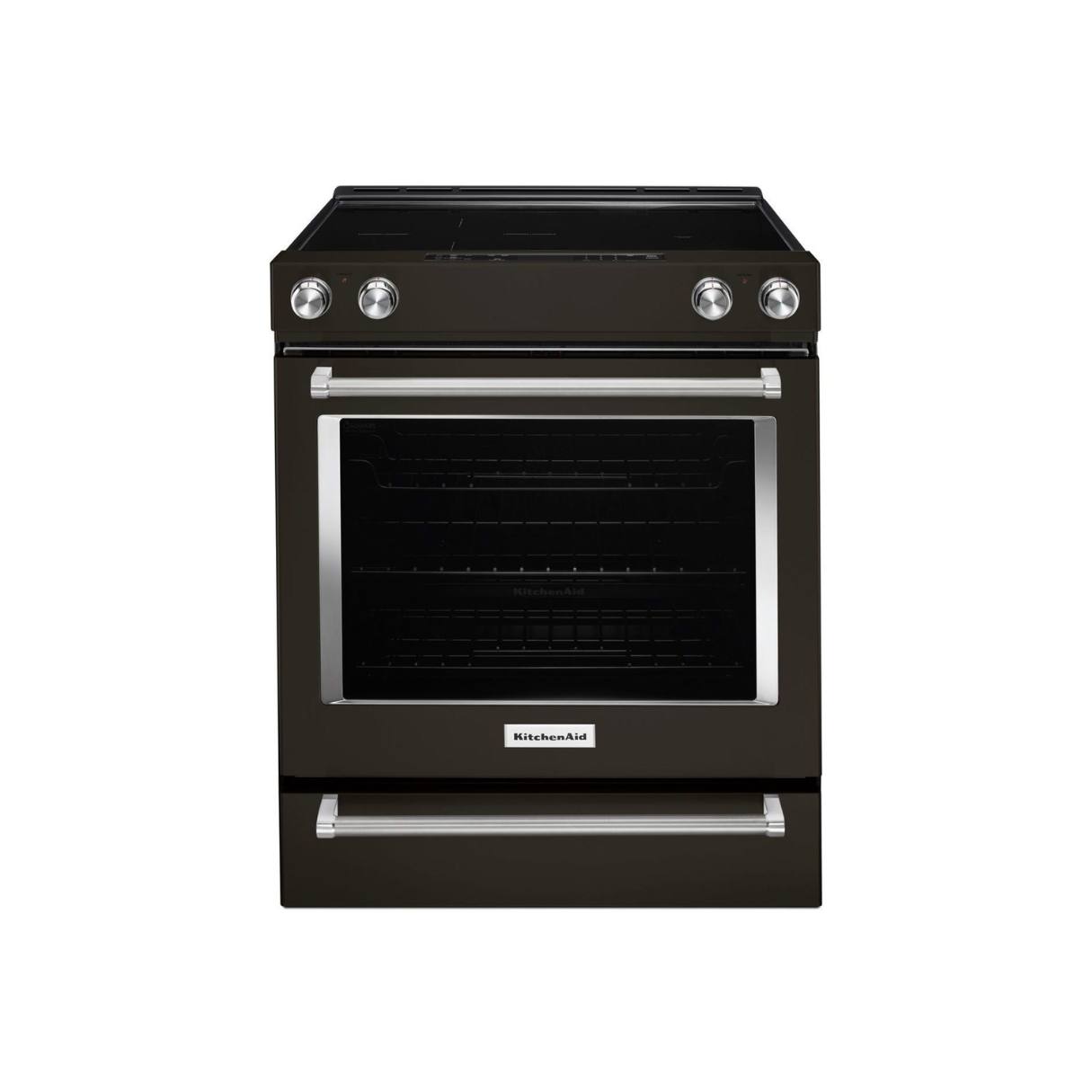
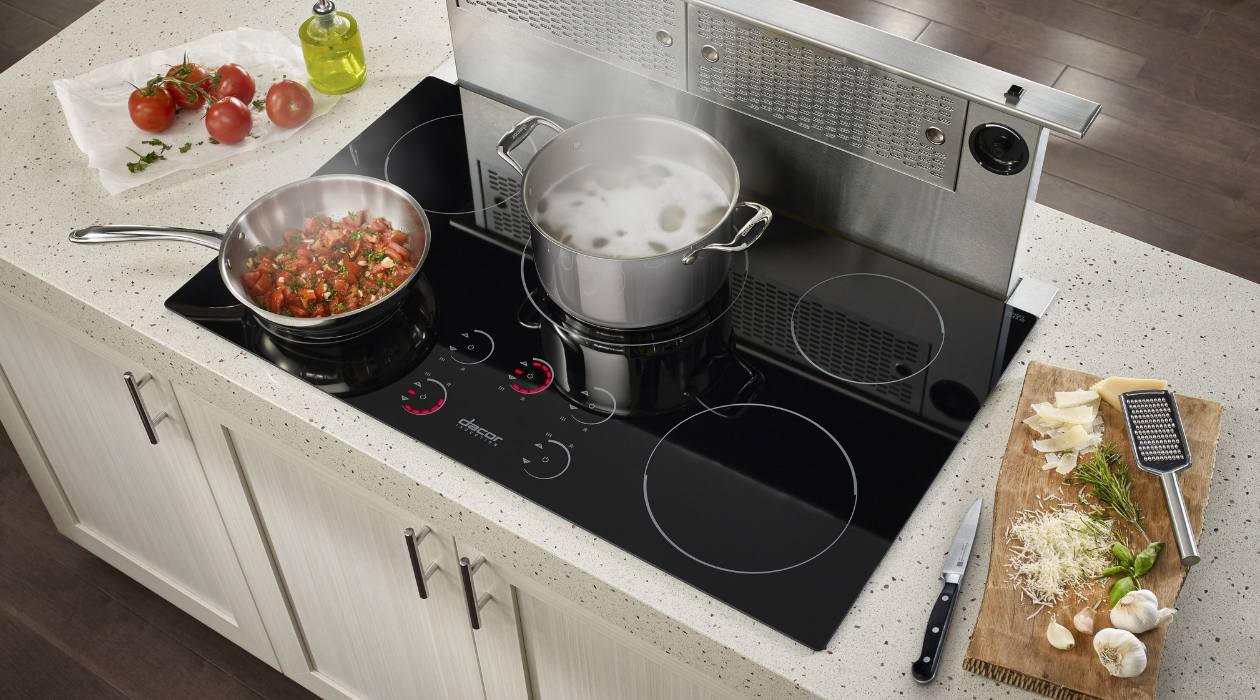
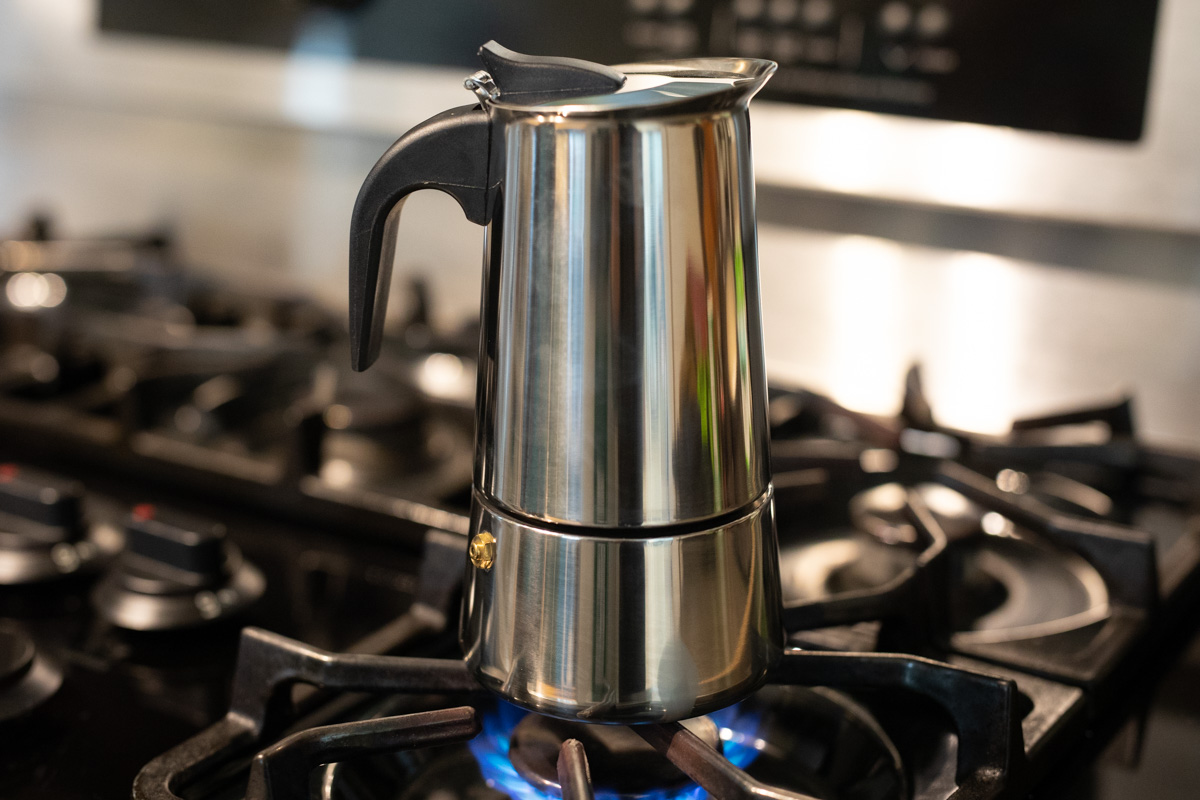
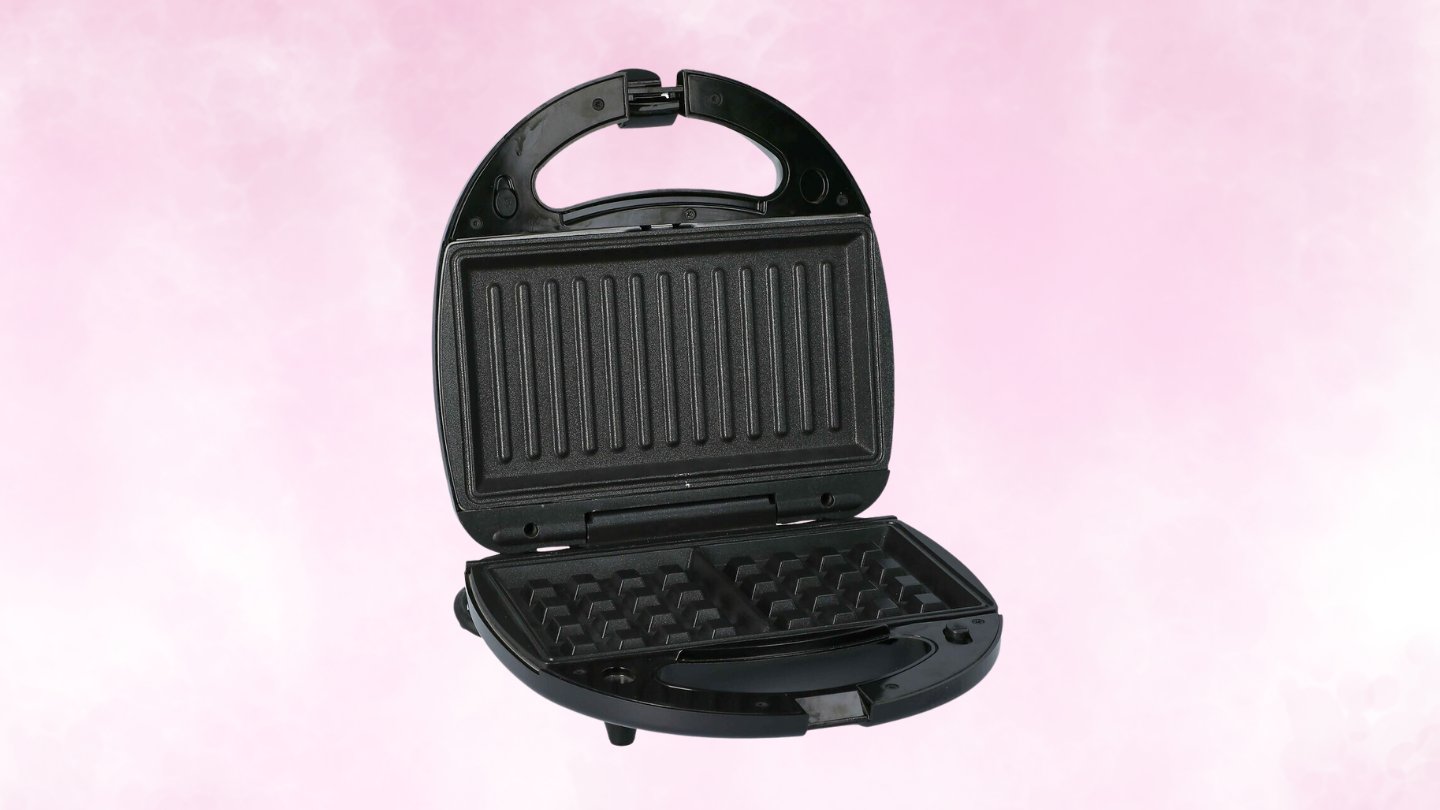
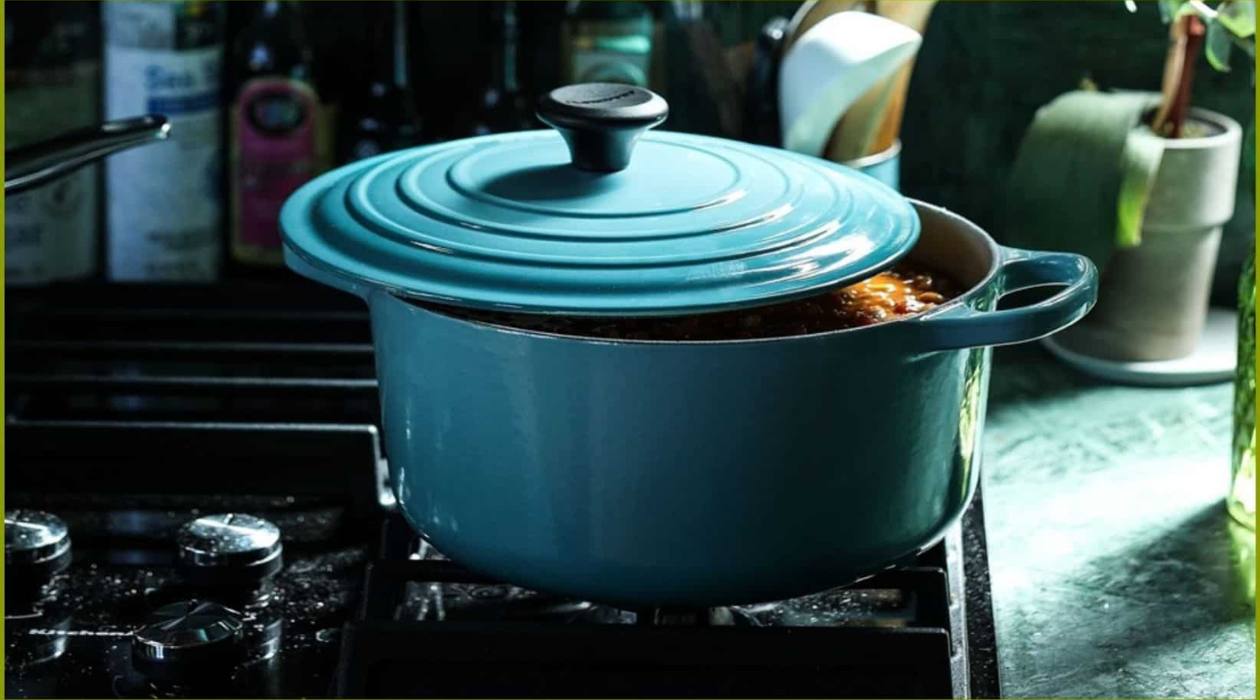
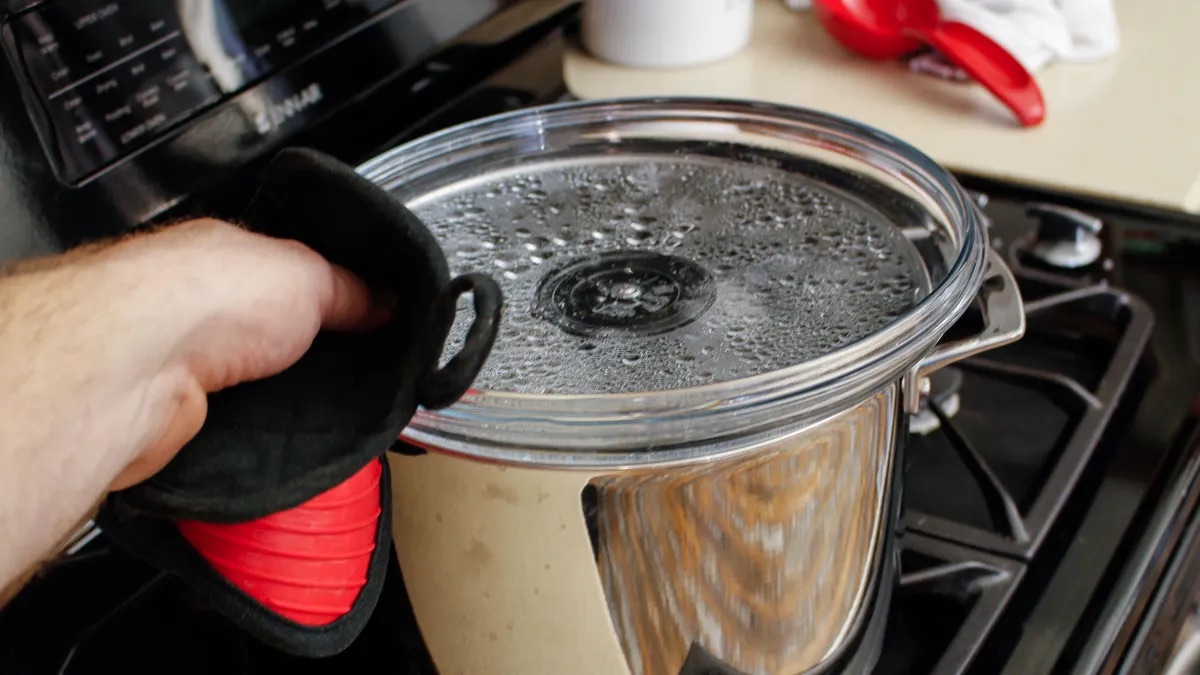
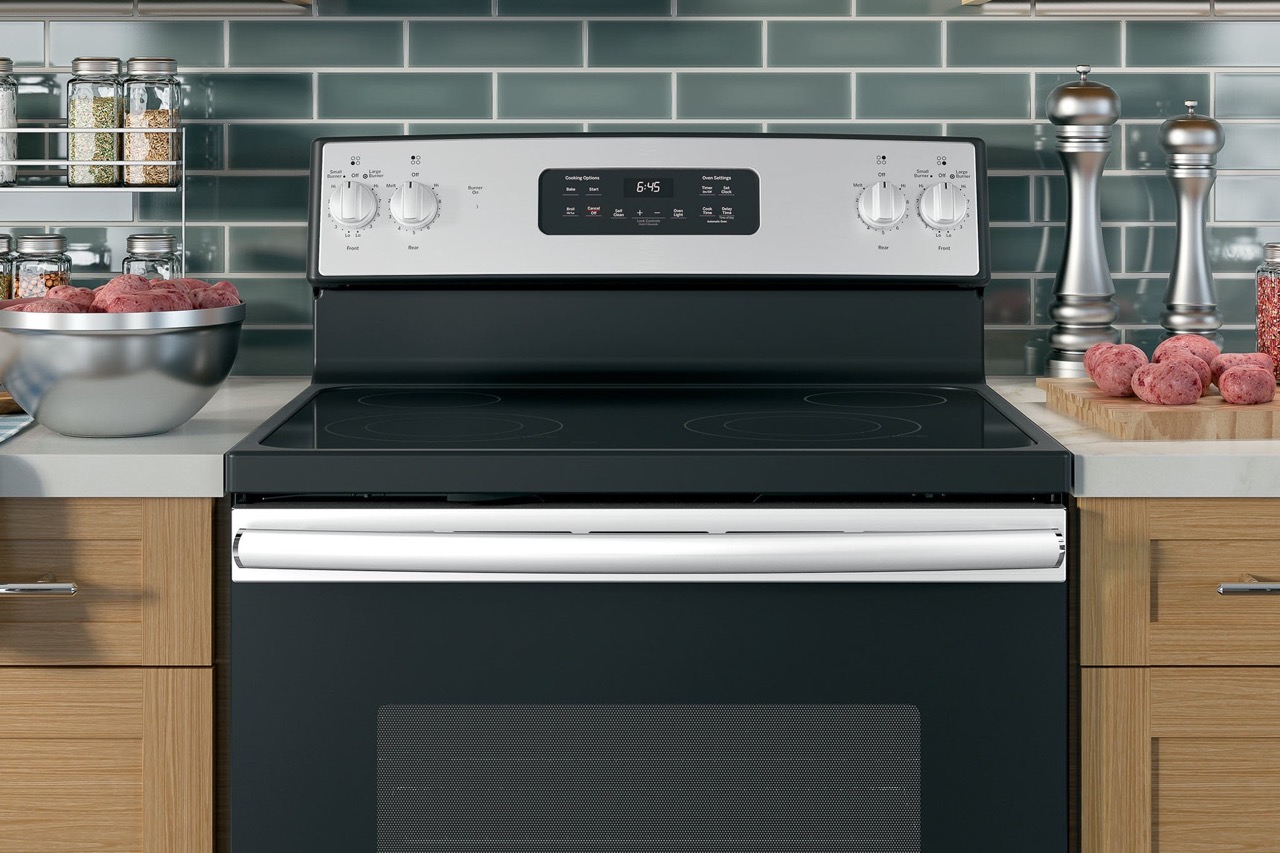
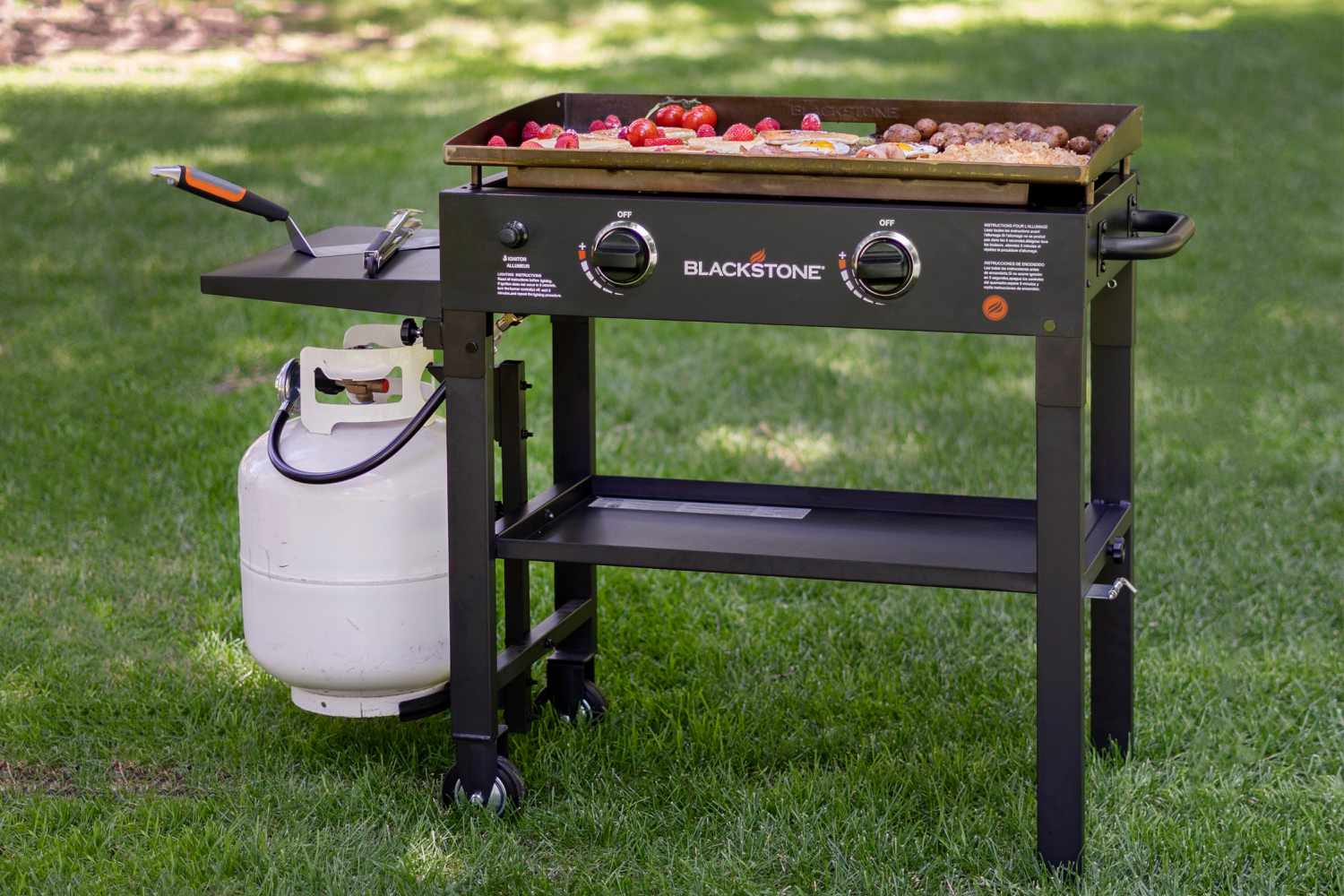
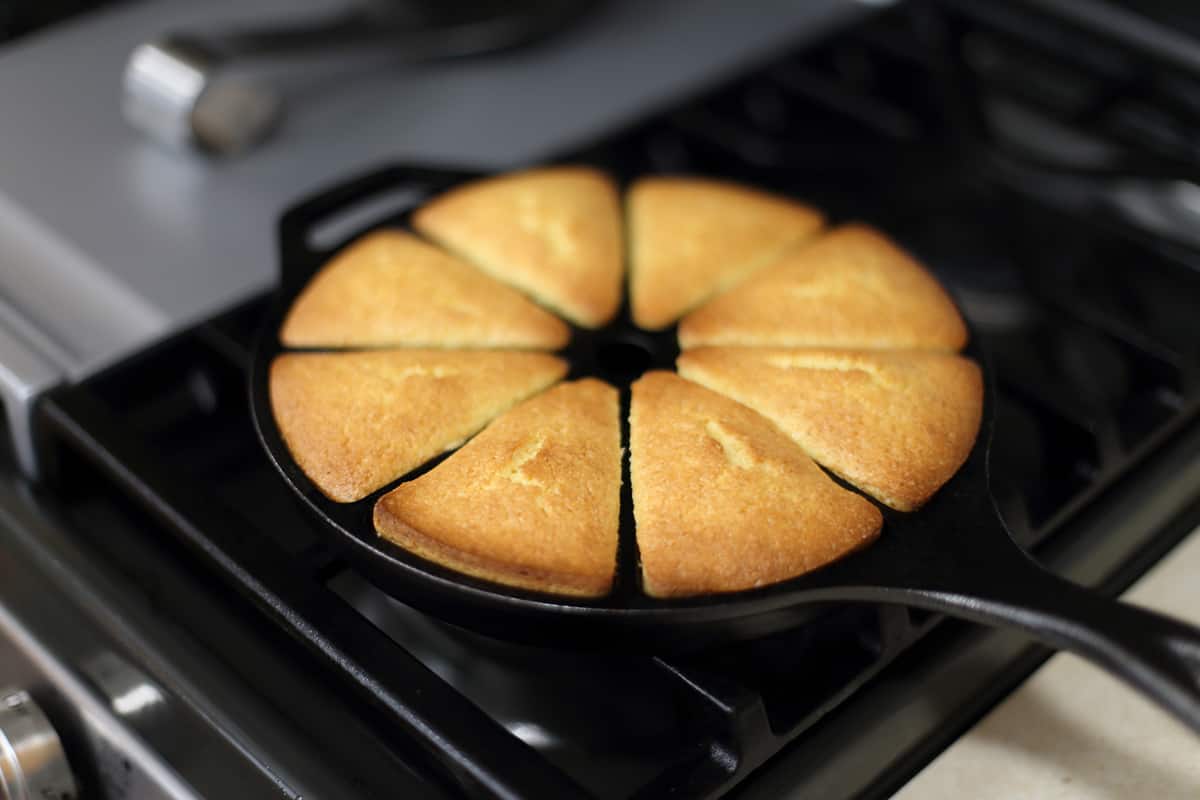
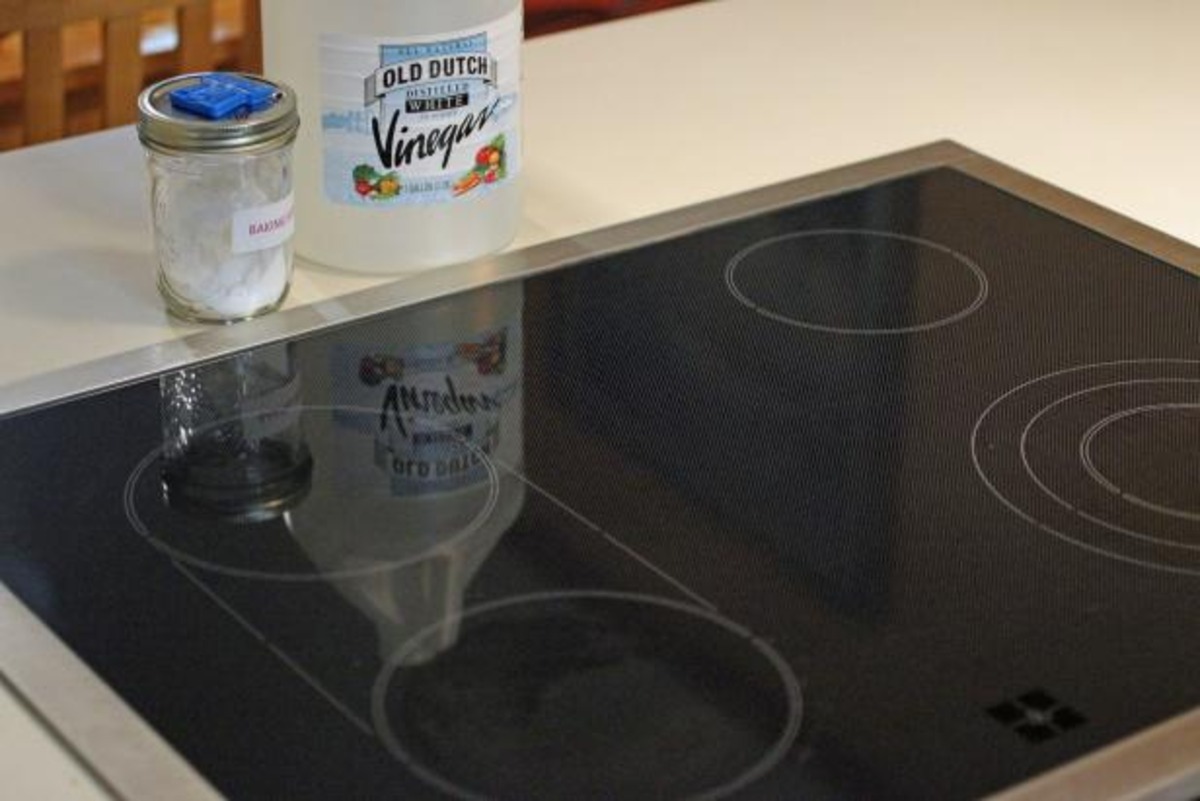
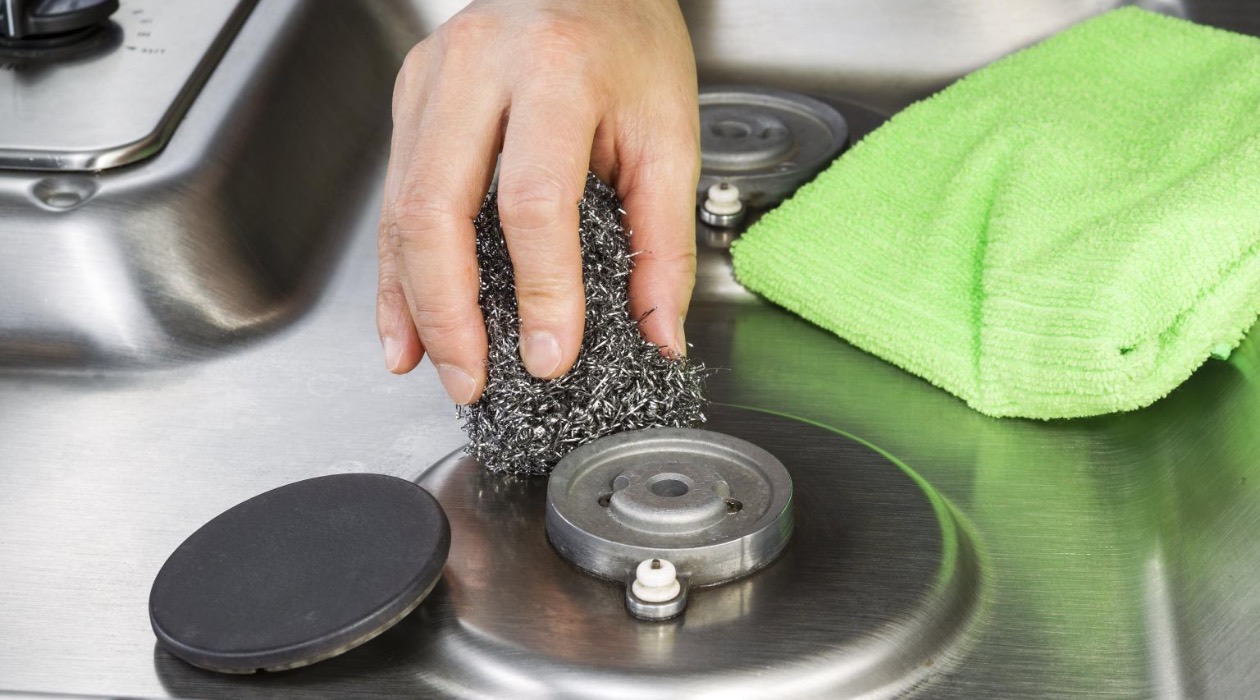
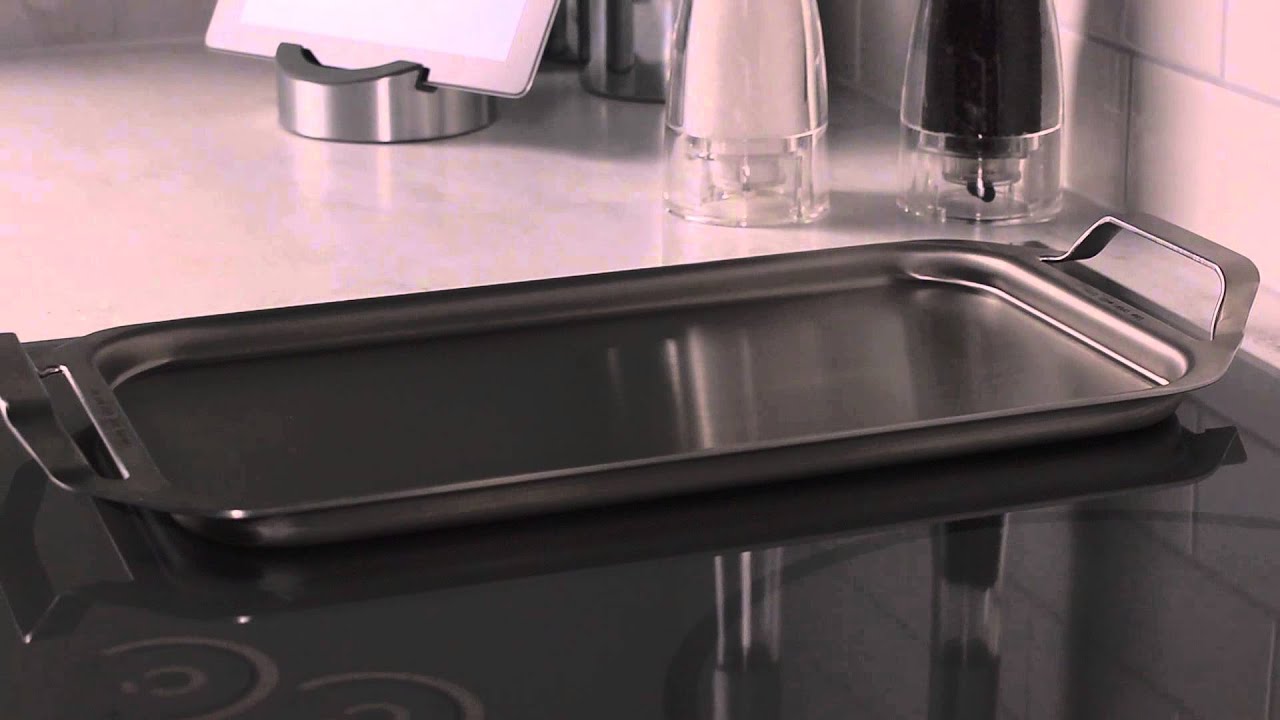
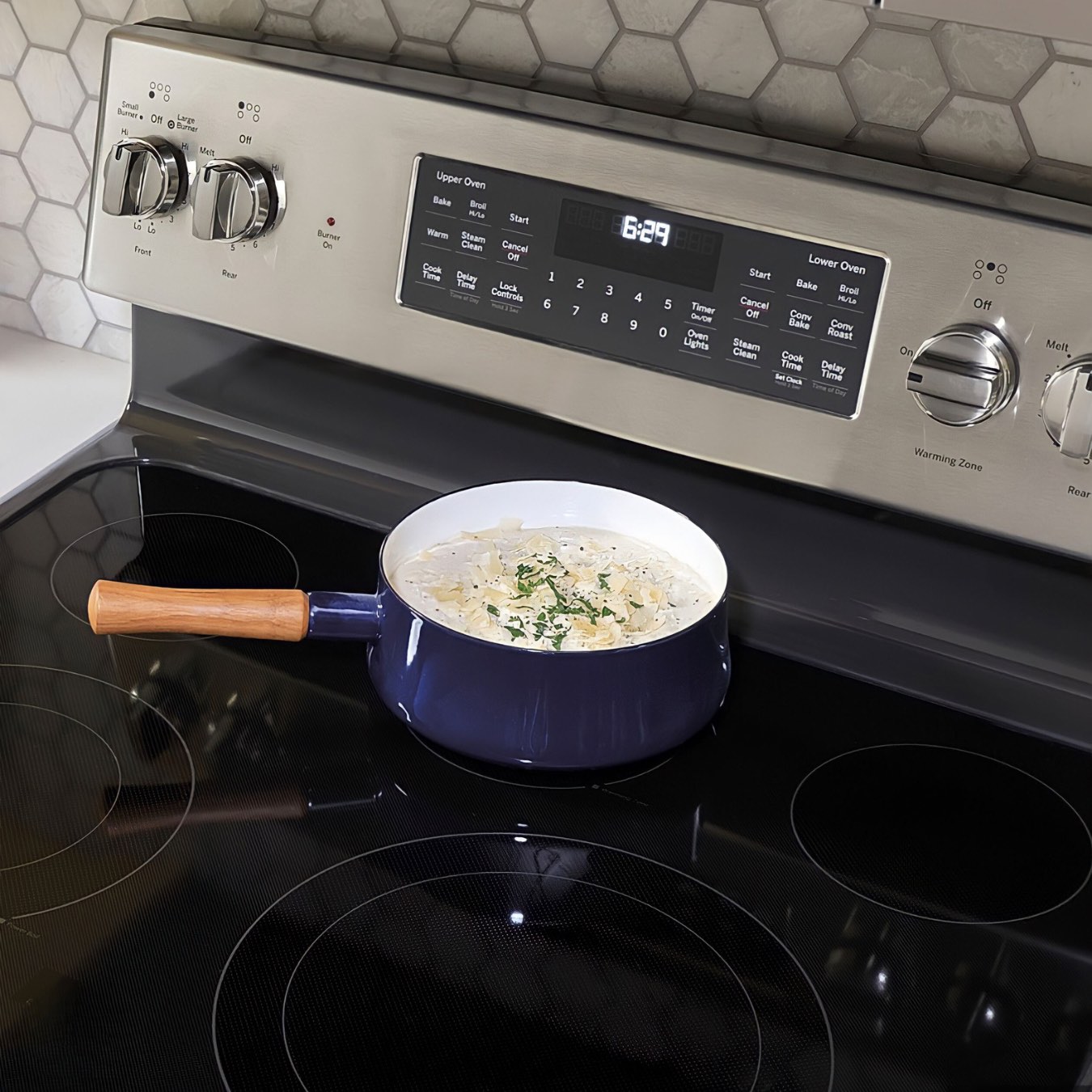

0 thoughts on “How To Use Stove Top Griddle”